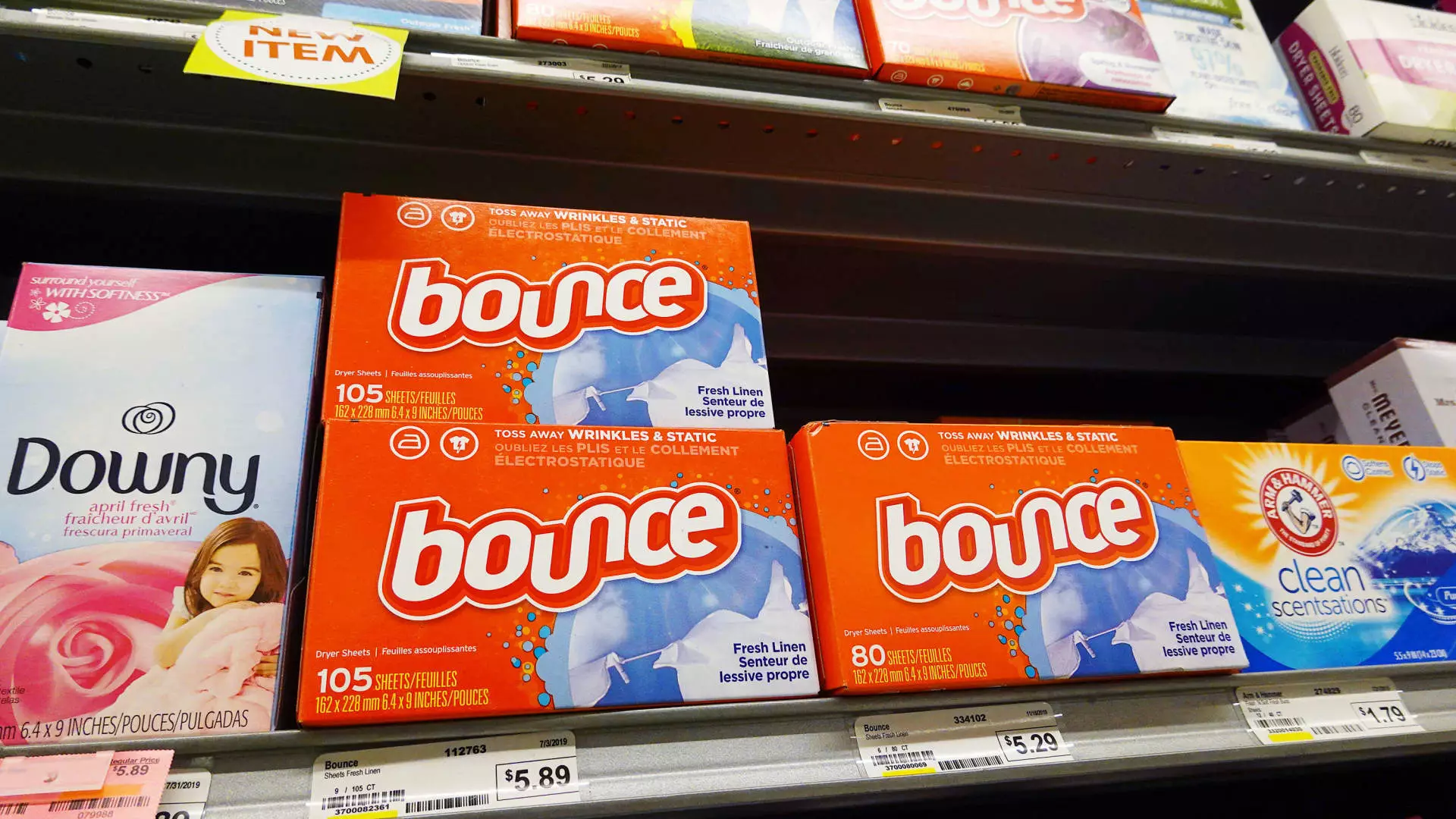On a challenging Friday, Procter & Gamble (P&G) unveiled disappointing financial results that reflected the ongoing struggle the company is experiencing in a changing market landscape. Although P&G achieved an adjusted earnings per share (EPS) of $1.93, surpassing Wall Street’s expectations of $1.90, the overall revenue of $21.74 billion fell short of the anticipated $21.91 billion. This underperformance, largely attributed to declining demand in China, sent P&G’s shares down 1% during premarket trading, indicating investor concern over the company’s growth trajectory.
Diving deeper into the numbers, P&G reported a fiscal first-quarter net income of $3.96 billion, equating to $1.61 per share. This marks a notable decline from the previous year’s net income of $4.52 billion, or $1.83 per share, highlighting the impact of market conditions on profitability. Further analysis reveals that the company faced a 1% drop in net sales to $21.71 billion. However, observing organic revenue, which accounts for key factors like foreign currency fluctuations, acquisitions, and divestitures, unveils a modest increase of 2%. This uptick was primarily driven by higher prices rather than increased demand, revealing a complex picture of consumer behavior.
The issue of demand, particularly in the consumer goods sector, has prompted intense scrutiny. P&G is experiencing a noticeable dip in volume across various product categories, following a series of price hikes that have left consumers reevaluating their purchase decisions. For the first time in over two years, there was a slight uptick in volume across several categories in the U.S.; however, the situation in Greater China presents a stark contrast. The company’s second-largest market reported significant volume declines, specifically in its hair care and oral care segments, which are critical to its overall portfolio.
P&G’s forecast suggests a protracted recovery in demand, particularly in China, where macroeconomic factors have influenced consumer spending. Despite the Chinese government’s potential initiatives aimed at boosting economic growth, CFO Andre Schulten remains cautious, anticipating that the weak market conditions will linger for several quarters. This sentiment underscores the complexity of the Chinese market, as it is characterized by varying consumer preferences and enhanced competition, which have progressively challenged P&G’s traditional dominance.
A comprehensive analysis of P&G’s various segments reveals significant disparities in performance. The beauty division, encompassing popular brands such as Pantene and Olay, experienced a particularly rough quarter with a 2% volume decline, largely due to plummeting sales in its skin care category and the upscale SK-II brand. On the other hand, the grooming division, featuring Gillette and Venus, enjoyed a 4% volume increase, attributed to innovations that have resonated well with consumers. This contrast between divisions reflects underlying shifts in consumer preferences, making it imperative for P&G to adapt its strategies effectively.
Amidst these tumultuous trends, P&G has stated its commitment to maintaining its fiscal 2025 forecast, which anticipates a core net EPS in the range of $6.91 to $7.05 and revenue growth ranging from 2% to 4%. This forecast will rely heavily on the company’s ability to navigate the complexities of both domestic and international markets while innovating within its product lines. Moving forward, P&G must pay close attention to market signals, recalibrating its strategies in order to reclaim consumer confidence and drive volume growth across its portfolio.
P&G’s recent earnings report serves as a stark reminder of the headwinds facing established giants in the consumer goods sector. The challenges posed by fluctuating demand, particularly in crucial markets like China, necessitate a robust and adaptable approach. As the company endeavors to meet its fiscal targets, it must harness innovation, closely monitor market trends, and strategically align its product offerings to accommodate the evolving preferences of consumers. The path to recovery may be long, but with a concerted focus on adaptability, P&G can position itself for a more favorable future in the marketplace.

